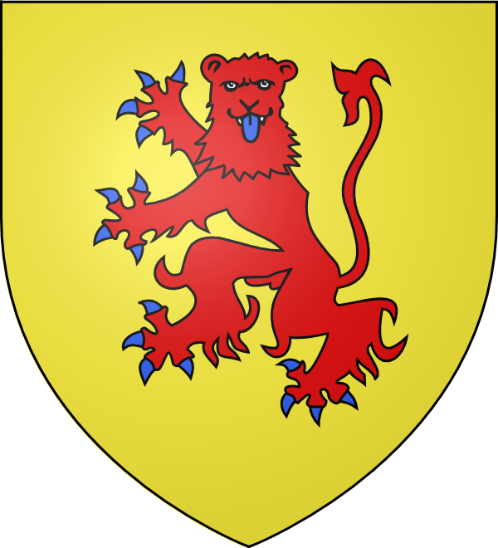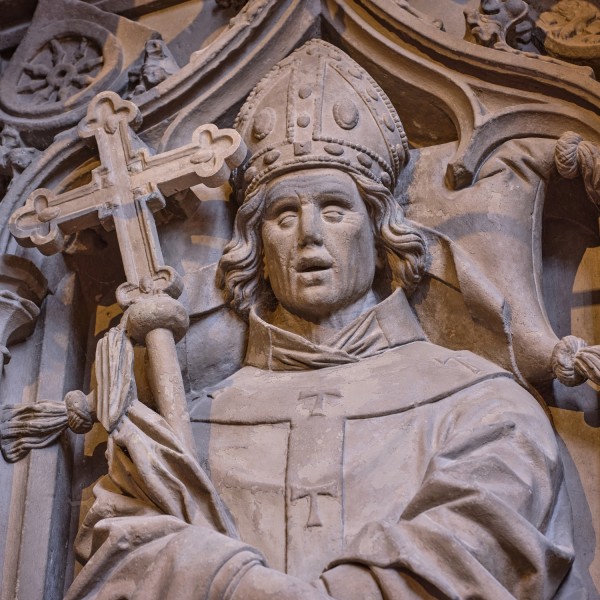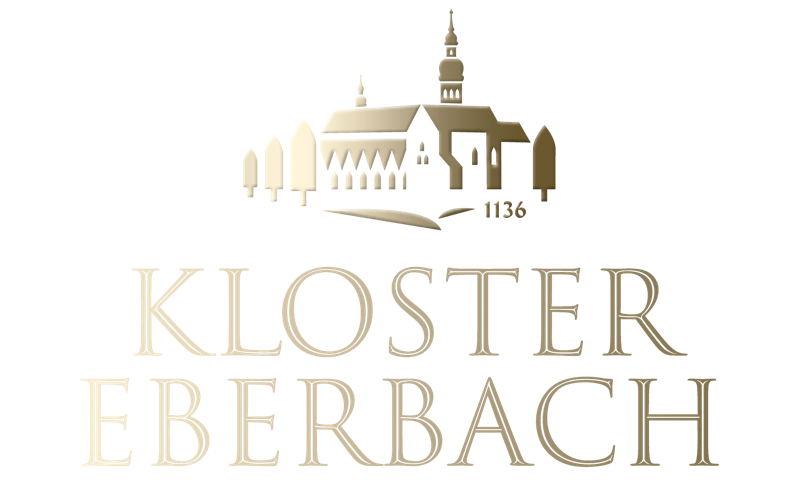While the Benedictine monastery of Gronau had previously been used as a house monastery, the Katzenelnbogens now turned to Eberbach Monastery and strongly supported it. By exempting it from the count's Rhine customs duties and securing free passage through their territory, they played a key role in Eberbach's economic upswing. Eberhard I, the first of the counts to request a burial in the monastery in 1311, marks the beginning of a long series of burials by the counts. Both his high-quality tomb slab with its unusual inscription in hexameter (fragments of which can be found in the lapidarium) and, above all, his surviving tomb slab, which is second to none, point to his immense importance in the politics of the empire. Even before 1273, he was in the service of the German King Rudolf I of Habsburg, whom he served as a loyal and important advisor for many years.

Picture: Rudolf of Habsburg becomes German king (1273)
Instrumental in the election of his nephew Adolf of Nassau as the new king in 1298, he initially lost influence after the latter's death in the Battle of Göllheim. However, after a brief imprisonment, he was reinstated to his office by the new King Albrecht I of Habsburg. Thanks to his decades of experience, but also due to his influence in imperial politics, he became one of his closest advisors. From 1308, he also assisted King Heinrich VII, who succeeded Albrecht, in an advisory capacity, but was no longer able to play a decisive role in imperial politics due to his advanced age.
Commissioned some time after his death and completed around 1325/ 1330, the tumba with the almost fully sculpted figure of the deceased Count Eberhard is entirely dedicated to representation. This is not without reason. After all, the powerful and important dynasty of counts was one of the richest families in the empire, mainly due to its Rhine customs duties. Eberhard was married to Elisabeth of Eppstein. Their marriage produced six known children, one of whose sons, Berthold III, was also laid to rest in Eberbach in 1321, in the so-called Counts' Choir.
Source: German Inscriptions Online (43, No. 21), Academy of Sciences Mainz
Image of the tomb: Michael Leukel
More tombs

Tombstones
These are fascinating life stories that can be found carved in stone in Eberbach - and which are now being told with the help of a QR code project.
